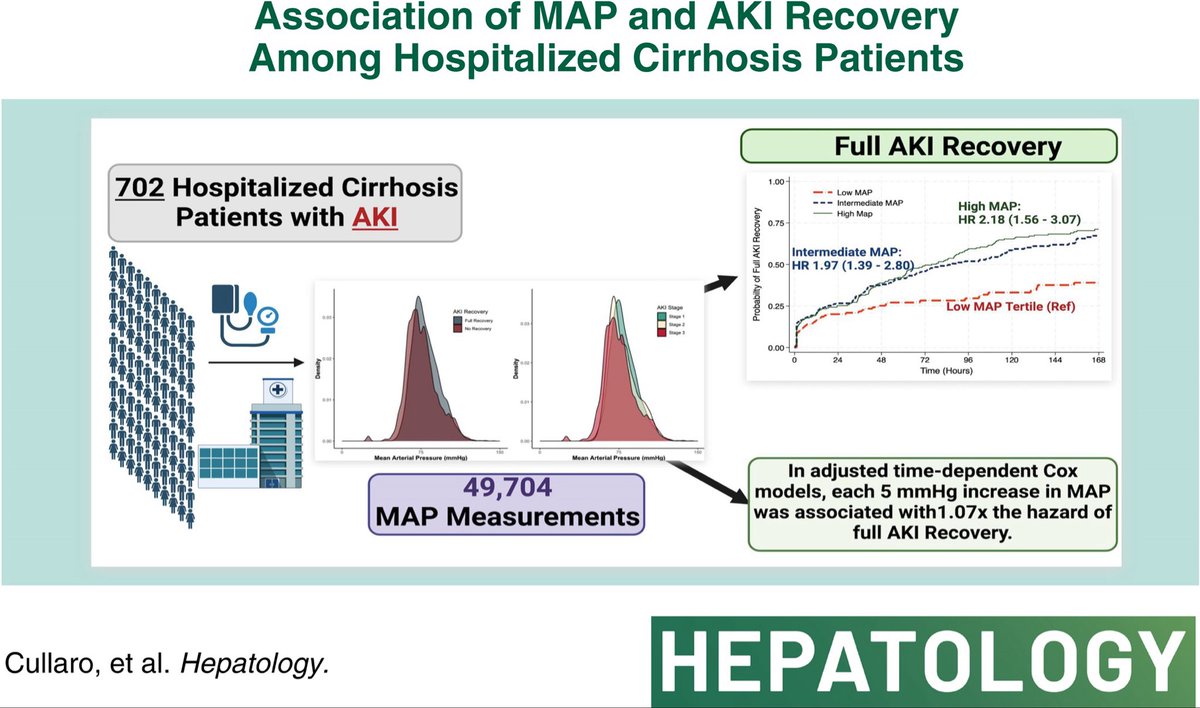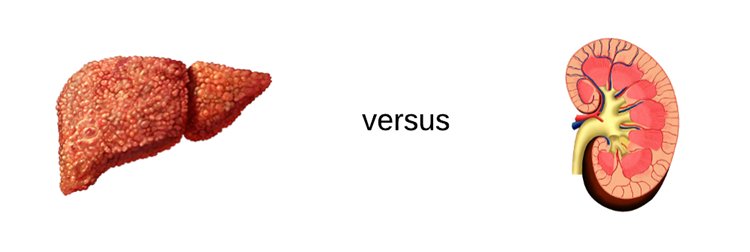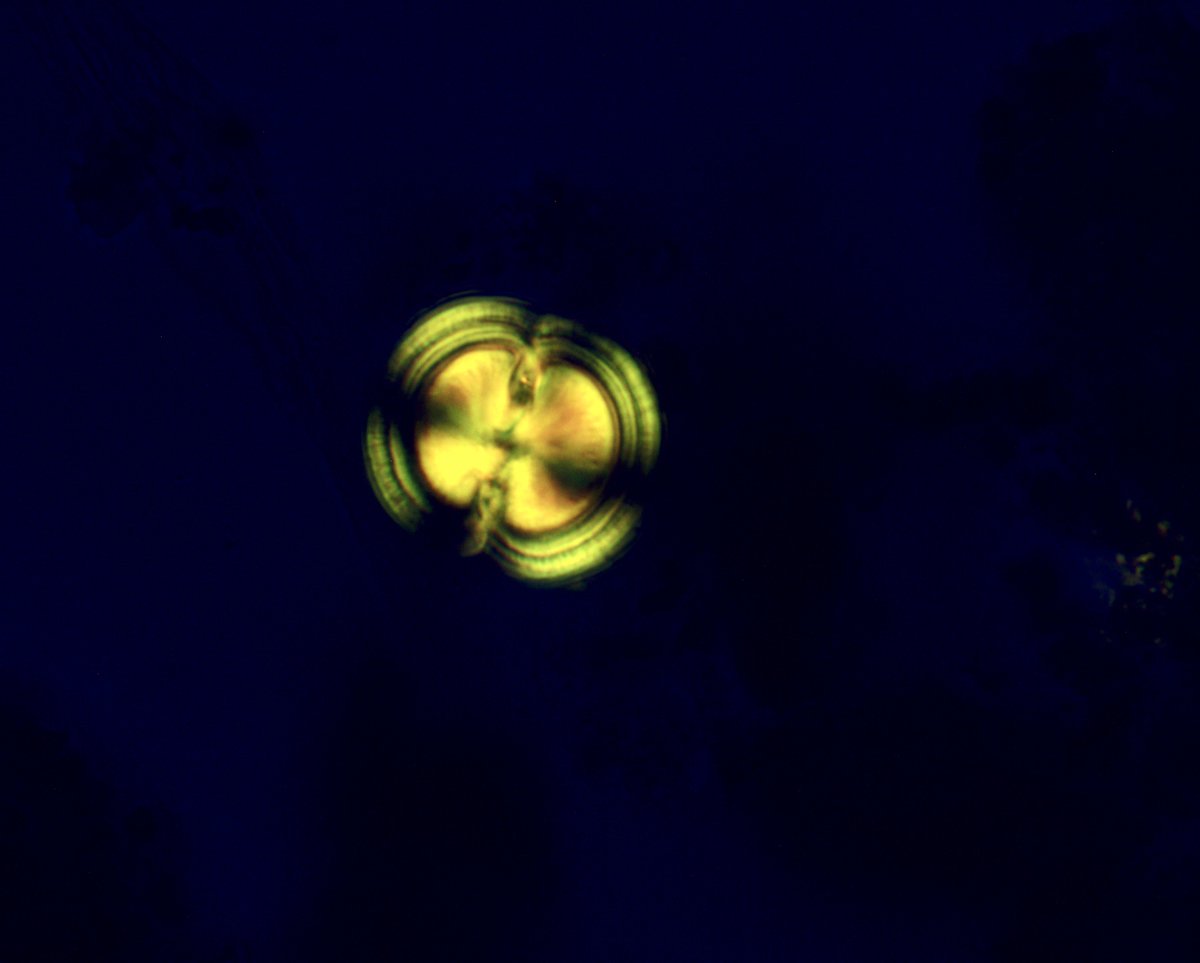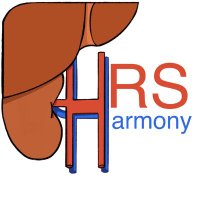
HRS Harmony
@hrsharmony
HRS HARMONY is North American multi-center collaborative network for #hepatorenal syndrome research dedicated to improving outcomes in patient with #HRS.
ID: 1293160347126267906
http://www.hrsharmony.com 11-08-2020 12:22:47
169 Tweet
376 Followers
235 Following


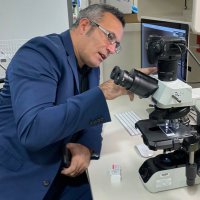

Different settings (bright field, dark field, phase contrast) to visualize abundant bilirubin-stained muddy brown granular, light granular and a few waxy castsAKI, ATN, cirrhosis, FENa 0.9%, NOT HRS. #UrinarySediment #UrineMicroscopy HRS Harmony Ochsner Nephrology
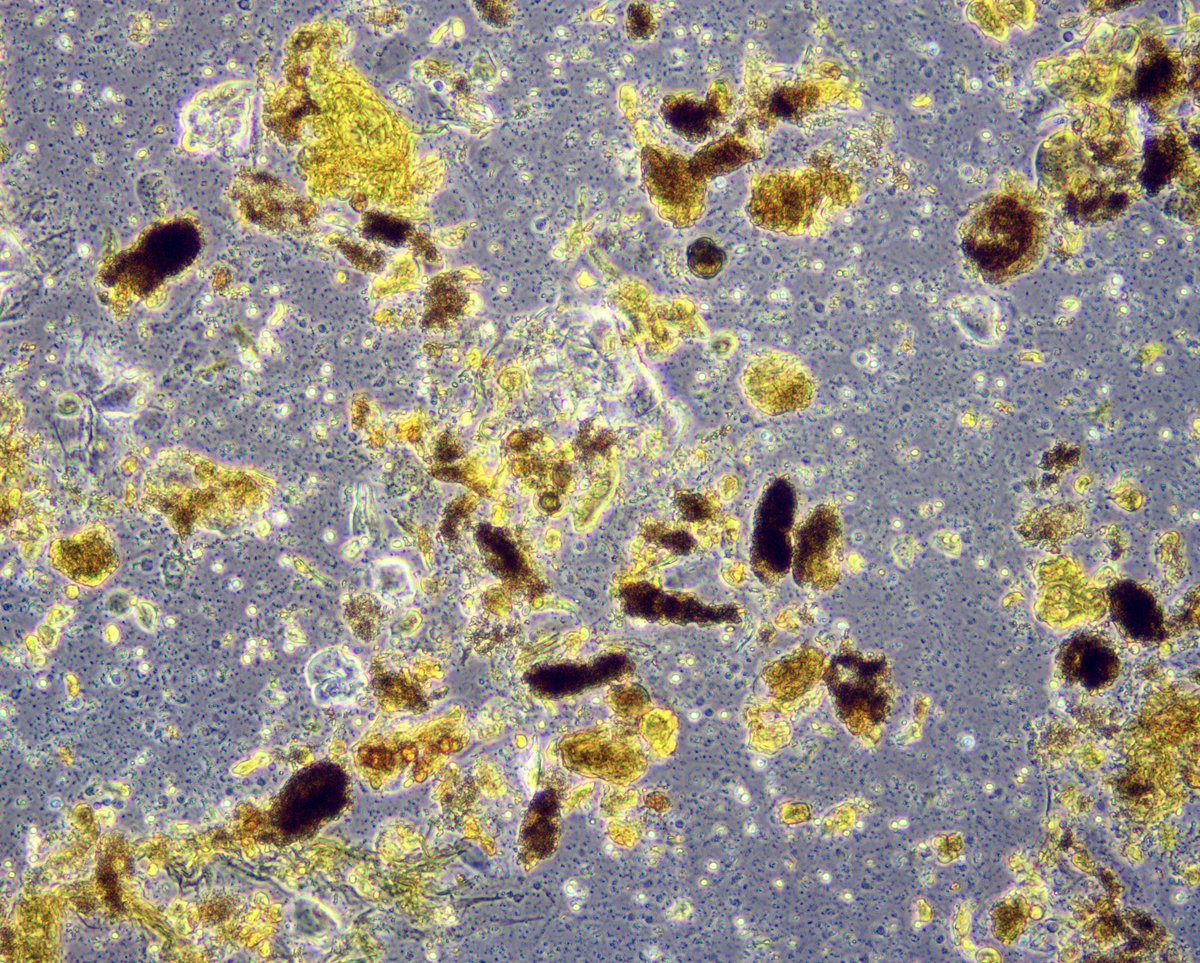

Terrance Wickman presenting at #SRM2023 SSCI: Southern Society for Clinical Investigation his work on interaction between portopulmonary hypertension, norepinephrine-based MAP rise, and furosemide-induced diuresis/decongestion in AKI due to hepatorenal syndrome type 1 Ochsner Nephrology HRS Harmony


Bilirubin-stained cast, 1/2 renal tubular cell, 1/2 granular cast, embedded leucine crystal. Muddy brown granular casts also found in specimen. U Na 43. AKI, obstructive cholestasis, suspected cholemic tubulopathy, NOT hepatorenal #UrinarySediment #UrineMicroscopy Ochsner Nephrology
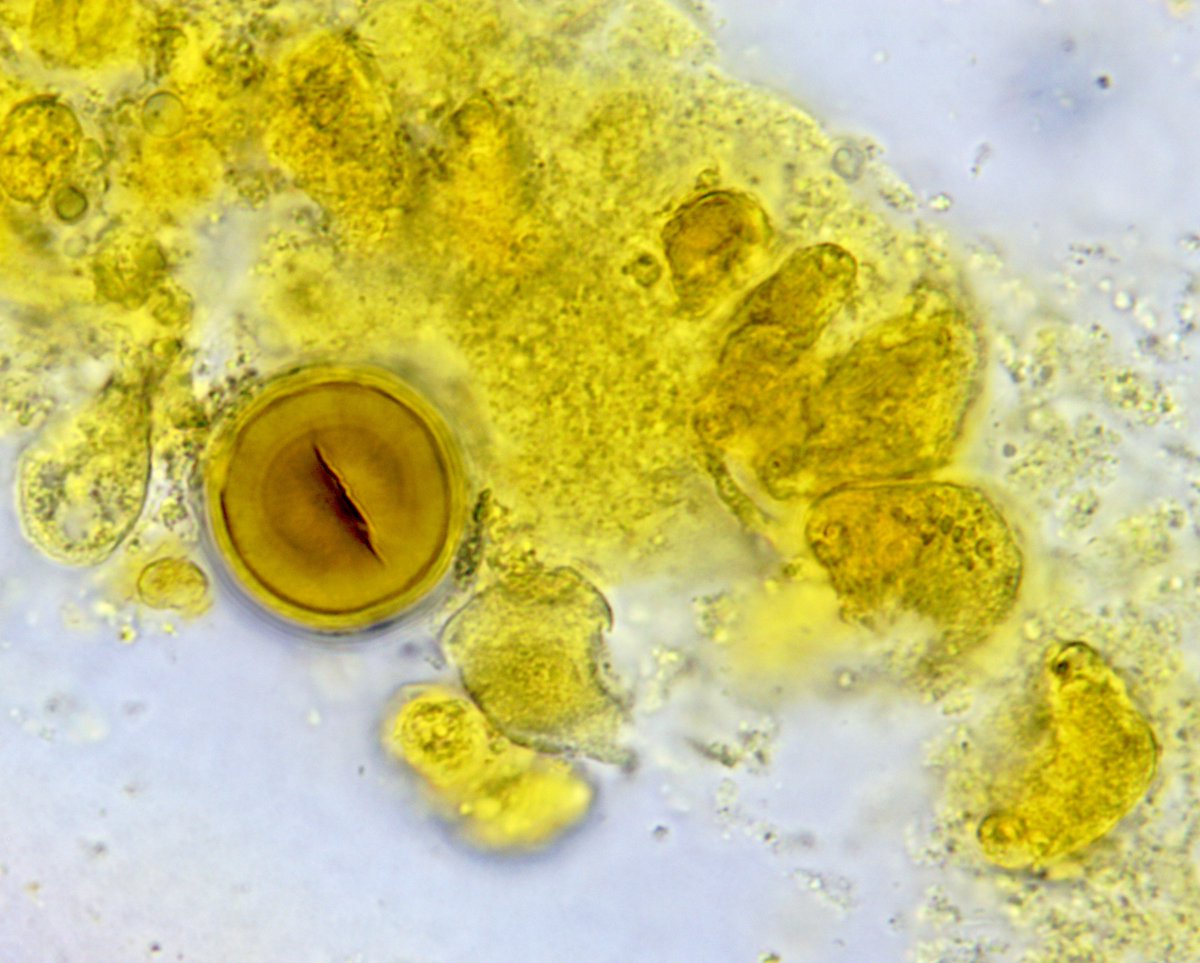

Newly published HRS Harmony study: Incidence and outcomes of acute kidney injury including hepatorenal syndrome in hospitalized patients with cirrhosis in the US - Journal of Hepatology journal-of-hepatology.eu/article/S0168-…
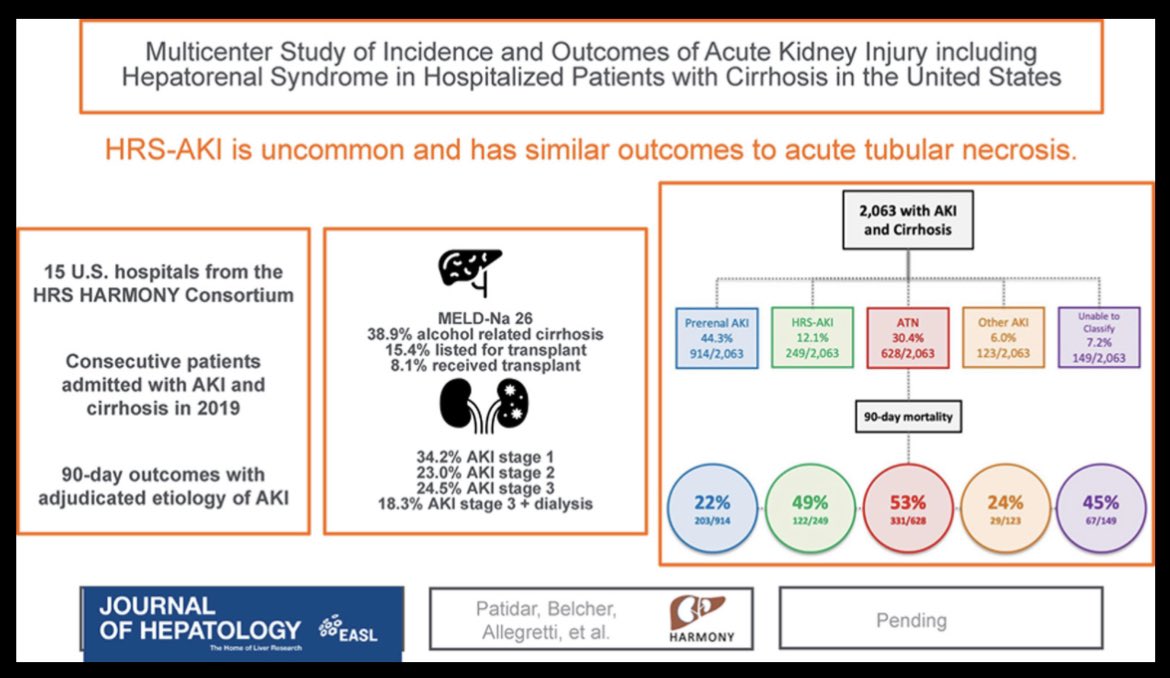

HRS Harmony A much needed study! 👇🏽This is a powerful figure Congratulations to the Ochsner Nephrology team 👏🏽 #nephtwitter #MedTwitter
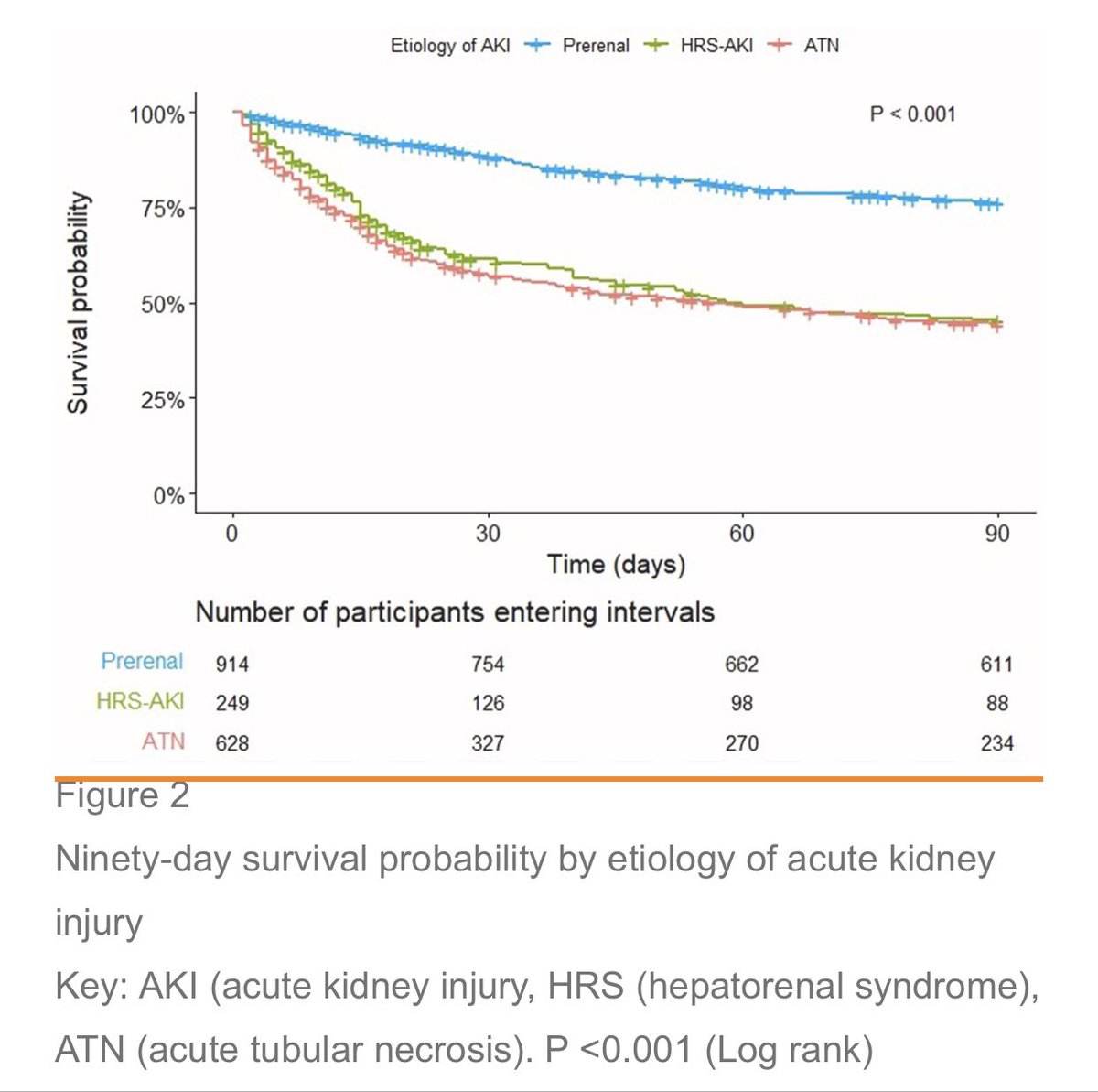

1/n I was fortunate to be part of the Ochsner Nephrology team that participated in this very important contribution to the field of hepatorenal syndrome. Having said that, I think it’s important to highlight what this study shows and what should not be concluded from it:

Mitra Nadim Joel M. Topf, MD FACP super low FENa ( <0.5%) w/SCr-based AKI & bland UA - speaks to likely HRS. this J.Belcher review has a nice summary, it is one of the few clinical scenarios where FENa been repeatedly examined w/ consistent results. what does Juan Carlos Q Velez thinks pubmed.ncbi.nlm.nih.gov/37258014/

Jay Koyner Mitra Nadim Joel M. Topf, MD FACP 1/n agree. I think we learned that the classic <1% cutoff is not discriminatory enough and should not be used. Textbook HRS should have FENa 0.2% or below. FENa >0.5% is unlikely to correspond to a “pure” case of HRS. Between 0.2% and 0.6%, HRS still plausible…

Jay Koyner Mitra Nadim Joel M. Topf, MD FACP 2/n what we don’t want is to push the FENa cutoff way ⬇️to a very specific 0.2% and end up missing pts in which an overlapping ATN hit does not override an 1ry HRS physiology, ergo an opportunity to treat with a vasoconstrictor. Will present some related data at #KidneyWk 2023…

Jay Koyner Mitra Nadim Joel M. Topf, MD FACP 3/n having said that, ignoring FENa makes no sense 2 me. Almost every experienced nephrologist in the planet looks at FENa/UNa - rightfully so - in this setting. Eg, if UNa is 44, who could possibly argue that that pt may have HRS? calculation of FENa is not even needed then…

Jay Koyner Mitra Nadim Joel M. Topf, MD FACP 4/n therefore, a new cutoff needs to be chosen and FENa/UNa must return to the HRS definition. Becomes debatable where to draw the line. Around 0.5-0.6% seems logical, in a effort balance SENS/SPEC. Response to vasoconstrictor should ultimately be the outcome to redefine it…

Jay Koyner Mitra Nadim Joel M. Topf, MD FACP 5/5 finally, it is important that clinicians communicate with their hospital labs and push them to lower the limit of detection for UNa to <10. <20 is suboptimal in this setting. It’s a doable task.

Thanks for looping me in, Jay Jay Koyner Certainly a debatable topic. Also, checkout some in-depth FENa discussion on the last episode of Channel Your Enthusiasm: The Burton Rose BookClub podcast Roger Rodby Joel M. Topf, MD FACP Melanie Hoenig Amy Yau Leticia Rolon BeanQueen Gaddy Joshua Waitzman, MD PhD Edgar V. Lerma 🇵🇭

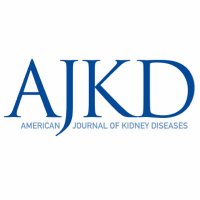
Kidney Dysfunction in the Setting of Liver Failure: Core Curriculum 2024 buff.ly/3NoEcfZ Swetha Kanduri Juan Carlos Q Velez Ochsner Nephrology


Targeting MAP is crucial to hasten AKI recovery. See➡️ journals.lww.com/hep/fulltext/9… by the mad genius Giuseppe Cullaro Need more evidence? ➡️ pubmed.ncbi.nlm.nih.gov/32618694/ ➡️ pubmed.ncbi.nlm.nih.gov/38535488/ AASLD Global Aki HRS Harmony
